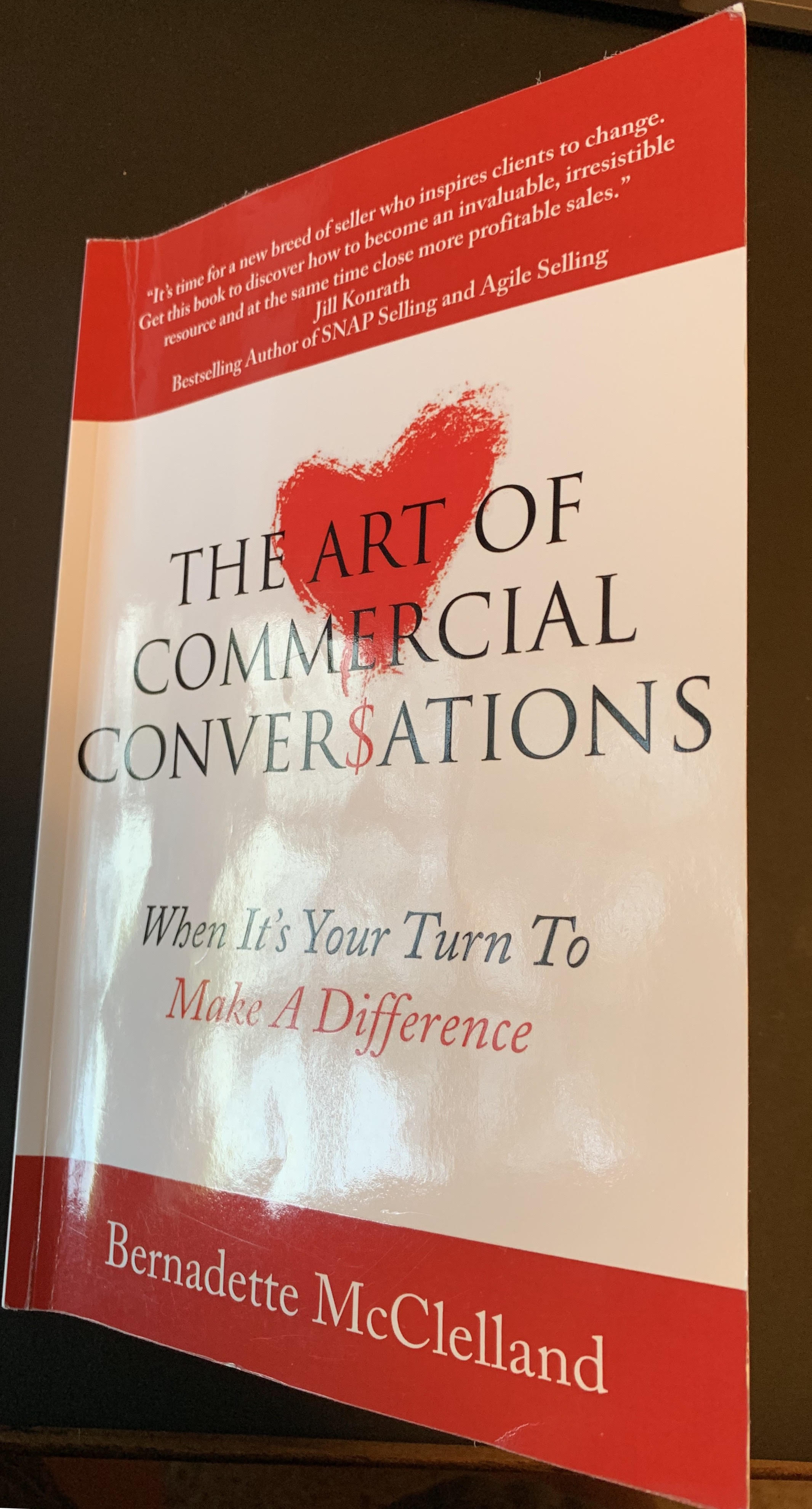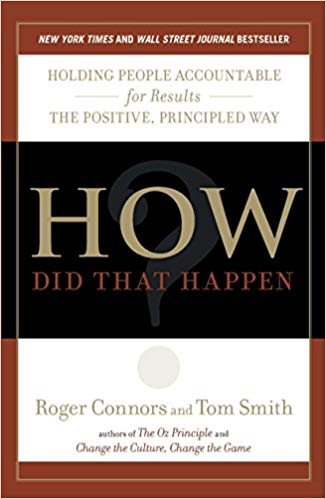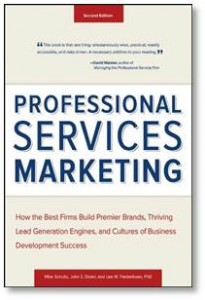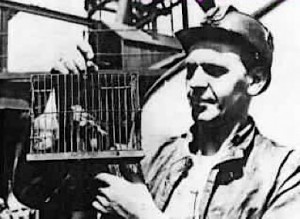Are your Salespeople Prepared for Commercial Conversations with Customers and Themselves ?
Each day salespeople are meeting with current and prospective customers and their value is determined by how well they communicate effectively. The challenge is: Are your salespeople trained and prepared to have commercial conversations? In a recent study by Florida State 85% of buyers surveyed shared they expect salespeople today to connect the dots between what they are selling and the value to the buyer’s company. Sadly, the same survey determined only 15% of salespeople communicate value the buyer will realize. This is a common sales problem we need to fix. In this post we will discuss what commercial conversations are and how your salespeople can apply the advice of author Bernadette McClelland in her book: The Art of Commercial Conversations.
“Your enterprise value is a product of what your salespeople say, and how they sell each day”
- Mark Allen Roberts
I recently attended an excellent AA-ISP conference in Chicago for inside salespeople. In one of the break out workshops I met Bernadette and was immediately engaged with her message and content. In her workshop she shared statistics how buyers today expect sellers to be skilled in commercial conversations.
Having been the sales training manager for a $4 billion company this was not new news. We strategically blended communications skills courses throughout our six-month training program. We included courses like value-based sales and how to build business cases, presentation skills, entrepreneurial skills, business acumen, and many more skills development courses. However, Bernadette’s content also discussed a missing element: the conversations salespeople are having with themselves each day. I found this topic fascinating.
French philosopher Rene Descartes said “I think therefore I am”
Could this impact sales results and I failed to include it in our training? Absolutely!
What do your salespeople think about?
What are their beliefs about sales and selling?
What are their motivations as well as fears?
Let me ask you a few questions from the book:
- Are sales today easier or more complicated than they were in the past?
- Do you feel buyer expectations of salespeople has changed in the last 10 years?
- Do you think it is easier or harder to get appointments with buyers today?
- Are you seeing more or less people involved in and influencing the sale today?
If you are like me you will agree you have experienced huge changes in how buyers buy, what criteria they are using today and how many people are involved in the buying decision. Buyers expect and reward a different type of seller today. As I have shared in the past, they want Trusted Advisors not reps.
The author does a wonderful job of explaining where sales has been and where we are now.
Sales 1.0 – Contact, Content exchange, Contract
Sales 2.0 – Connect, Consult, Conspire
Sales 3.0- Conviction, Context, Contribution
It should not shock us that 57% of sales reps failed to achieve quota in 2018 and the number is growing each year. Salespeople who do not understand the voice of their customers and are selling like they did 10, 15, or 20 years ago are failing. Buyers are rebelling and not giving them appointments, or they go dark after the first appointment. As the author shares in this excellent quote:
“Byers have found their voice and they are voting with silence”
Buyers are more distracted than ever before, harder to reach and quite frankly are having far too many calls with salespeople prisoners to outdated sales processes. More sales are lost today to the status quo than to competitors.
Buyers are in charge and they have been trained. Over 70% of buyers have received formal negotiations skills training and less than 10% of sellers have been trained in negotiations. Should it shock us when we dee sale price discounts and overrides occurring in over 60% of the sales transactions today? The sad reality is 50% of salespeople today have never been trained. If they were trained it was in a one and done instructor led experience and not spaced over time online.
So, buyers are trained, most salespeople are not, and sales VPs are frustrated salespeople are selling on price. That is the reality I hear each day and a sales problem we need to fix.
The author recommends we reassess our approach to sales and how we sell and even why we sell.
Simon Sineck has done some incredible work on knowing your why. If you have not seen this click here. He shares how people don’t buy what you do but why you do it.
“It’s not just about value-driven commercial conversations but values driven conversations that are going to cause our buyers to be more curious about what we do.”
- Bernadette McClelland
We must help salespeople shape the conversations they have with themselves on their why they sell.
What’s your Why?
What is your Companies’ Why?
The key is crafting your relevant personal message. The author shares…
“48% of B2B decision makers do not respond to sales professionals who don’t personalize their message”
We must train salespeople to have commercial conversations, build their personalization skills and learn the art of storytelling.
“78% of buyers surveyed did not belie sellers have case studies, metaphors, analogies, or stories to tell that are relevant to buyers”
Ouch!
The author closes her book with a challenge, and I want to give you and your sales team that same challenge.
How much time do your salespeople currently dedicate to the following behaviors?
Creating a Vision
Knowing who your buyer is
Emotional awareness- knowing buying criteria important to buyer
On the ball – able to answer questions quickly and accurately about products, features, benefits and how to do business with your company
Demonstrating they know your market, Product, value your product provides customers
Look the part
Have an open mind and actively listen
Build trust
Attention to detail
Understand customer expectations
Design and communicate plans with customers
Strategically keep in touch with customers
Create customer advocates
Build a relationship matrix in key accounts beyond buyers
Clearly know and can articulate your value
How about your sales team?
Do you know their commercial conversations skills?
Do you train your salespeople to have meaningful commercial conversations?
Is your salesperson’s day filled with transactional activity of value producing behaviors highlighted above?
I highly recommend The Art of Commercial Conversations by Bernadette McClelland to help fix sales conversation problems your salespeople are having with customers and themselves each day.











